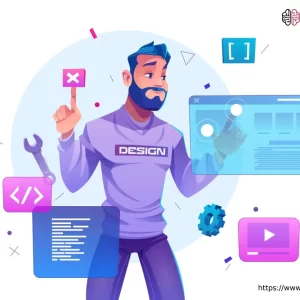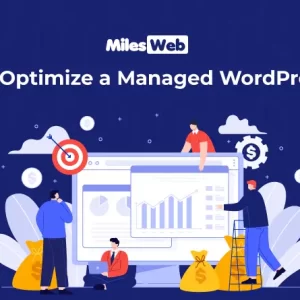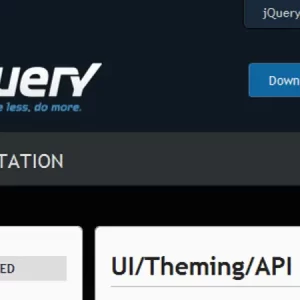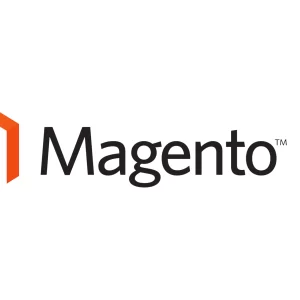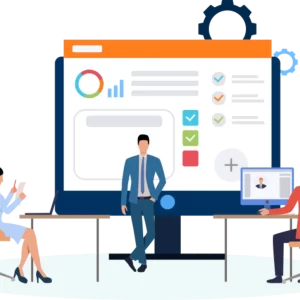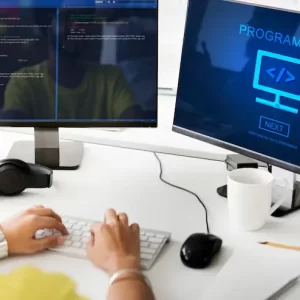Both product design and user experience design have numerous similarities, and the titles are sometimes used interchangeably. It’s not usually the case, but it’s possible. Designing for the end-user is a UX designer’s primary responsibility, while product designers tend to take an active role in all phases of the process.
Positional responsibilities differ from organization to organization, as is only natural in the business world. If a company’s business processes demand it, its UX designers may be heavily involved, or its product designers may be purely focused on design.
In UX Design, what do you mean by “user experience?”
Designing for the user’s experience, also known as UX, is an important part of creating products that people like using. The design process is all about designing the entire process of acquiring and merging the product, which includes many aspects of design, branding, function, and usability.
A few questions about the product’s usability and performance are posed by UX designers. Because they care about their customers, they make products that they know people will love, as well as that are both attractive and practical.
What exactly is product design?
Product design is a comprehensive approach to generating a finished product. Everything from performing market research to identifying problems, creating products, and presenting thorough answers are all part of the process.
The goal of product design is to solve real-world problems and create products that are simple to use. It is their primary responsibility to take into account many vital characteristics of the product, resulting in a successful design and marketing.
Product Design vs. User Experience Design: What’s The Distinction?
There is a major distinction between these two roles in terms of their specifics. Designers that focus on user experience (UX) tend to be more tactical than those who focus on the product.
- Designing Methods
Designing products and designing user experiences have quite distinct approaches, as we’ve already covered. UX designers are tasked with conveying the sensations that a user has when using a product. For this, they build interaction patterns and write product usage scenarios.
They design a user interface prototype. A/B testing and email surveys are just two of the many ways they keep track of user activity.
Unlike developers, product designers create the overall aesthetics of a product from the ground up. They provide details on the precise functionalities of a product’s many components. Furthermore, they identify a market for the solution and devise a strategy for implementing it in the context of the problem.
- Indicators of Success and Tasks Allowed
The differences between a product designer and a user experience (UX) designer are mostly determined by their respective levels of responsibility and concentration. The commercial demands of a product designer are more important than those of a UX designer, who is more concerned with the needs of the user. Concerns regarding the method’s compatibility with other business goals may be expressed by a product designer.
In contrast, a user experience (UX) designer concentrates entirely on the unique usability challenges faced by each individual user. As a result, picking between a UX designer and a product designer is heavily influenced by the latter’s level of responsibilities.
- Required Skill Set
The most notable distinction between product design and user experience design is the range of talents required for each. Despite the fact that the fundamentals will be the same, the specifications will be unique. Here’s how we might compare these two specializations in terms of the abilities they require.
Product Designer:
- Developing the product’s design system
- Interdepartmental cooperation
- Communication
- The strategy centered on the user
- Combining forces with technologists
- Improving mobile and desktop user experience
- Evaluating the needs of the target audience
- Wireframing and prototyping.
UX Designer
- Expertise in the fields of user experience, graphic design, and interaction design.
- The association and communication of people from different departments
- Knowledge of prototype software such as InVision, Sketch, and others
- Combining forces with technologists
- The mindset of logic and analysis
- Carrying out user research
As a product designer, you should also be curious. They need to be able to think logically and analytically. A product designer must have a strategic perspective because their work involves both planning and designing. In a nutshell, they must be well-versed in the industry and the product they are selling.
You don’t need to be so engrossed or compassionate as a UX designer. They need to be adept at analyzing and organizing large amounts of data. As a result, they should have an excellent command of the English language.
- Requirements for the Tools
The tools that both designers employ are also a factor in determining whether one is better. Software that includes prototyping tools is used by both of them. Sketch and mind mapping tools are also used by product designers, whereas interactive and wireframe tools are used by UX designers.
UX design and product design have many of the same goals, yet their methods of operation are distinct. Both of them will be able to meet your company’s needs.
Product and UX Design are critical to the success of your business.
In contrast to product design, user experience (UX) design focuses on creating user journeys that help you achieve your business goals. Understanding the similarities and differences between product design and user experience design will help you optimize your business and manage and expand it more effectively.
UX and product design are more than just making people happy. Delivering the best user experience is all about ensuring that your product is secure by establishing an effective market presence.
Client loyalty is increased, development costs are reduced, ROI is improved, and conversion channels are optimized when the design is good.
If you have requirement of UX design services, then you can connect with TechJain IT Solutions: a leading IT service company in Bhopal that have a team of professionals.
